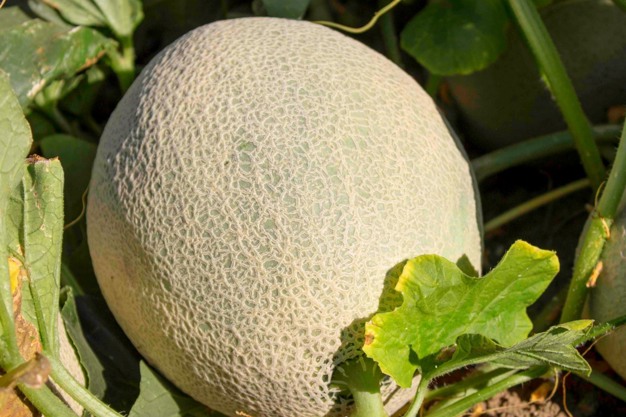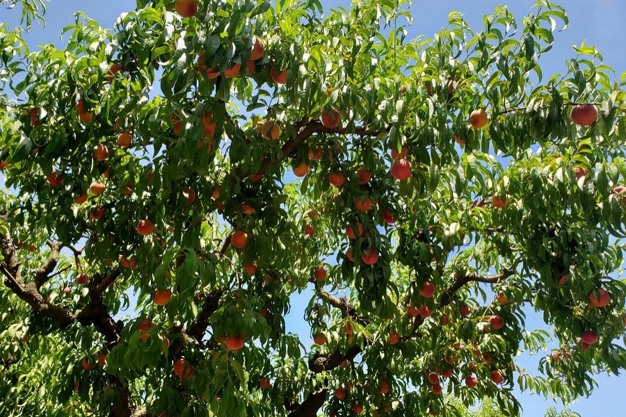California's extended heatwave continues to impact some crops in the state. The heat wave began just before the July 4th holiday and record-breaking temperatures climbing above 100°F–in some cases as high as 122°F–are still being reached.
"The heat is really taking its toll on the people and our crops," says Garrett Patricio of Westside Produce, who notes that the prolonged heat pushes harvest up. "We are doing our best to keep up with our daily harvest schedule, but due to shorter days and lower productivity due to extreme conditions, it's tough to get out of the field what we normally would," he says.
 Patricio says the prolonged heat pushes harvest up. Photo: California Cantaloupe Advisory Board
Patricio says the prolonged heat pushes harvest up. Photo: California Cantaloupe Advisory Board
Yields affected
Rob Giragosian of Kern Ridge Growers, LLC agrees. "The heat is still a concern for the carrot supply, and we are starting to see those effects during harvesting," he says. "The yields are down and have been since the start of the heat wave. We will see if that trend continues as we get more days around 110."
At Valliwide Organics, Mason Parkinson says the build-up to the heat wave had a positive effect on its organic stone fruit crop at the start, slowing down what was a very compressed harvest in early June and greatly increasing the sugar brix across the board. "The current level of heat has created a 'stall' of sorts in the field. Normally when we start a new variety, there is a three to four-day gap before going back in for a second harvest," says Parkinson. "Now we're seeing time between harvests being closer to seven days, which is creating small gaps in product availability. This is most noticeable with our white flesh, or specialty items like pluots that are more niche, as these aren't planted in large acreage."
 Parkinson says the build-up to the heat wave had a positive effect on its organic stone fruit crop at the start, slowing down what was a very compressed harvest in early June. Photo: Valliwide Organics
Parkinson says the build-up to the heat wave had a positive effect on its organic stone fruit crop at the start, slowing down what was a very compressed harvest in early June. Photo: Valliwide Organics
Lighter volume ahead
With the heat in the fields limiting picking hours for the safety of workers, this will also cause the volume of organic stone fruit to be lighter than usual for the next seven to 10 days. "I expect white peaches and white nectarines will likely remain tight in supply for the next couple of weeks. They are more susceptible to damage from this level of heat, and will likely have lower packouts than usual," says Parkinson. "Luckily we are into higher yielding crops of yellow peaches, yellow nectarines, and plums during July, so I anticipate we will still have plenty of fruit to keep up with demand on those items."
While these are the more immediate effects of the heat, Patricio feels that the bigger impact from this heat wave will be seen in the weeks and months ahead. "During periods of extreme heat, the bees don't normally work, so we tend to see bloom drop from the lack of pollination and less fruit set on the plant," he says. "We won't see that for another 30-60 days. Equally problematic is what happens with irrigation water, particularly drip. Strange as it may seem most of these plants won't take up water at the same rate and it's either being pushed to the surface or having little impact on growth."
For more information:
Garrett Patricio
Westside Produce
https://www.westsideproduce.com/
Rob Giragosian
Kern Ridge Growers, LLC
https://kernridge.com/
Mason Parkinson
Valliwide Organics
https://www.vworganic.com/
